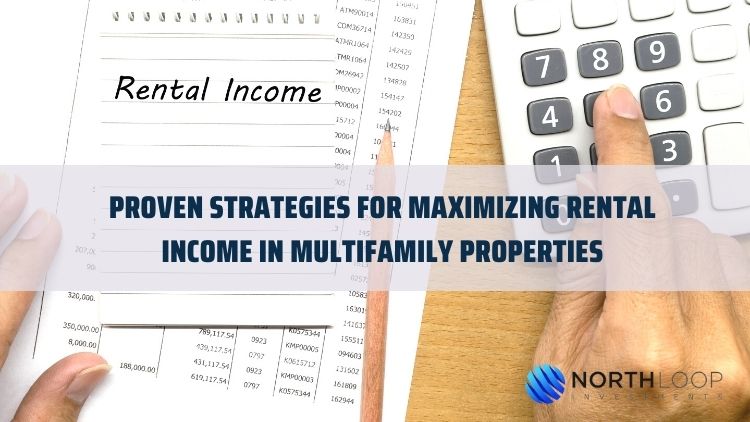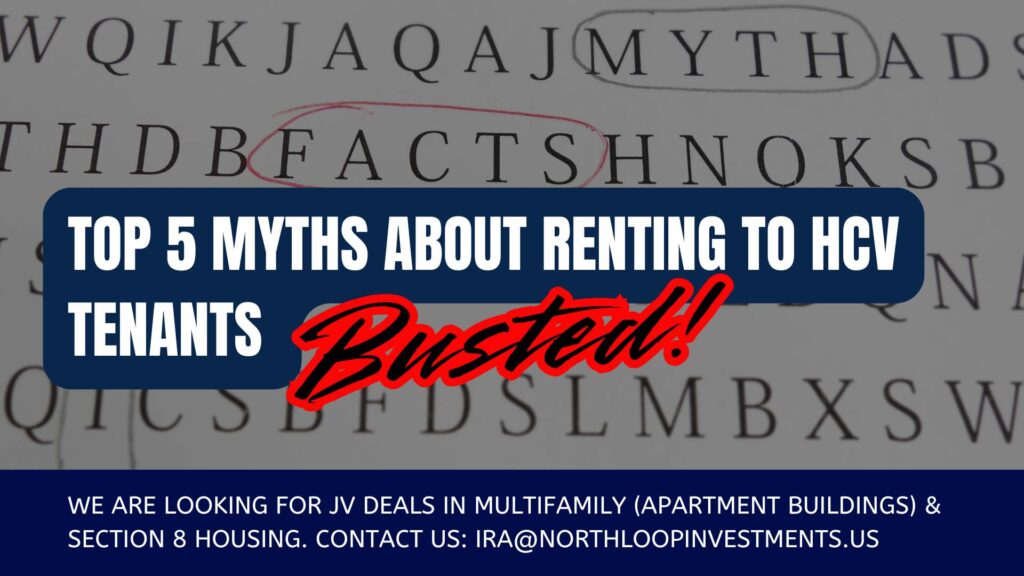Maximizing rental income is a top priority for multifamily property owners. By implementing effective strategies and utilizing data-driven approaches, property owners can optimize their rental income potential. In this article, we will explore various strategies, backed by research and real-world examples, to help multifamily property owners increase their rental income.
1. Conduct Market Research
Conducting thorough market research is crucial to understanding rental rates and demand in your target area. Analyze rental trends, vacancy rates, and comparable properties to determine the optimal rental rates for your units. By aligning your pricing strategy with the market, you can attract tenants while maximizing your rental income.
2. Upgrade and Renovate Units
Investing in upgrades and renovations can significantly increase the rental value of your multifamily property. Identify areas that require improvement and consider modernizing features, such as kitchen appliances, flooring, or bathroom fixtures. By offering updated and desirable living spaces, you can justify higher rental rates and attract tenants willing to pay a premium.
Case in Point: A property owner in a competitive rental market upgraded the kitchens and bathrooms in their units. As a result, they were able to increase rental rates by 15% and achieve full occupancy within a month.
3. Offer Amenities and Value-Added Services
Providing attractive amenities and value-added services can differentiate your property and justify higher rental rates. Consider amenities such as fitness centers, community spaces, on-site laundry facilities, or package delivery services. These offerings enhance the tenant experience and can support higher rental income.
Research Output: According to a recent study, multifamily properties with well-designed amenities experienced a 10% increase in rental rates compared to properties without such amenities.
4. Implement a Tenant Retention Strategy
Retaining existing tenants is more cost-effective than constantly seeking new ones. Develop a tenant retention strategy that focuses on tenant satisfaction, timely maintenance, and responsive communication. Offering lease renewal incentives, such as reduced rent or upgraded amenities, can encourage tenants to stay longer, minimizing turnover costs and maintaining consistent rental income.
Case Example: A property owner implemented a proactive maintenance program and promptly addressed tenant concerns. As a result, they achieved a tenant retention rate of over 80%, reducing turnover costs and ensuring stable rental income.
5. Embrace Technology Solutions
Leveraging technology can streamline property management processes and enhance efficiency. Adopt property management software that automates rent collection, maintenance requests, and tenant communication. This allows you to manage your properties more effectively, reduce administrative tasks, and allocate more time to income-generating activities.
Data Analysis: Properties that embraced technology solutions experienced a 20% decrease in rent collection time and a 15% reduction in maintenance response time, leading to improved tenant satisfaction and increased rental income.
6. Consider Short-Term Rental Opportunities
In certain locations and circumstances, exploring short-term rental opportunities can generate higher rental income. Platforms like Airbnb allow property owners to rent out units on a short-term basis, appealing to travelers and those in need of temporary accommodations. However, be sure to comply with local regulations and carefully assess the risks and benefits before implementing this strategy.
Research Study: A study conducted in a popular tourist destination found that property owners who listed their units on Airbnb generated, on average, 30% higher rental income compared to traditional long-term rentals.
7. Monitor and Adjust Rental Rates
Regularly monitoring rental rates in your market is essential to stay competitive and maximize income. Stay informed about market trends, adjust your rental rates accordingly, and consider offering incentives during slower periods to attract tenants. Strategic pricing adjustments can help maintain high occupancy rates and optimize rental income.
Analysis: A property owner who monitored market rental rates and adjusted their pricing strategy achieved an average 95% occupancy rate throughout the year, resulting in consistent rental income.
Conclusion
Implementing effective strategies to maximize rental income in multifamily properties requires a combination of market research, property enhancements, tenant-focused approaches, and embracing technology. By utilizing data, analyzing case studies, and understanding the needs of your target market, you can optimize your rental income and achieve long-term success as a multifamily property owner.








